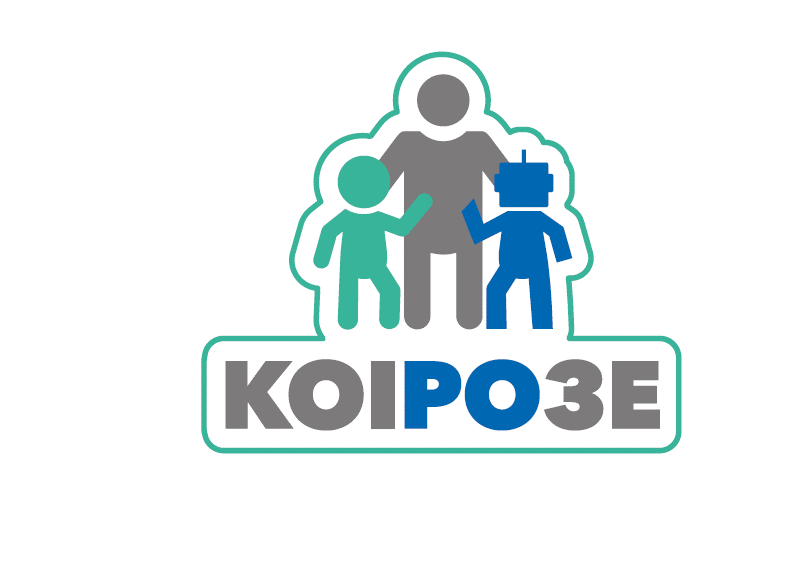- Θέλετε να μάθετε περισσότερα;?
- info@koiro3e.com
AUDIO SIGNAL RECOGNITION BASED ON INTERNALS’ NUMBERS (INS) CLASSIFICATION TECHNIQUES – IISA 2019, PATRAS, GREECE
27 August 2019ON MEASURING ENGAGEMENT LEVEL DURING CHILD-ROBOT INTERACTION IN EDUCATION – RIE2019, VIENNA, AUSTRIA
Abstract
The introduction of social robots in education has been a major theme in robotics research in recent years. Various studies have been conducted that demonstrate the merits of using robots as teachers or teacher assistants. These studies are mainly focused on activities where the child interacts with the robot to achieve a certain educational or therapeutic goal. The principal reason that robots in education are observed to have a positive effect, is that children appear to be more engaged during the educational process when a robot is involved. This paper reviews the current literature on the subject of using social robots in edu- cation for the purposes of identifying the most appropriate methodologies in measuring the engagement levels of children during child-robot interactions, spe- cifically focusing on interactions occurring in an educational or therapeutic set- ting.
Citation
C. Lytridis, C. Bazinas, G. A. Papakostas, V. Kaburlasos, “On measuring engagement level during child-robot interaction in education”, Proceedings of the 10th International Conference on Robotics in Education (RiE), Vienna, Austria, 10-12 April 2019, pp. 3-13.
View on ResearchGate
